
Dia de Reyes (Three Kings Day), Ibiza and Formentera
The Noches de Reyes (Night of Kings) takes place the evening before, on the 5th January each year and then the Day of Kings is celebrated by people across Spain on the 6th January.
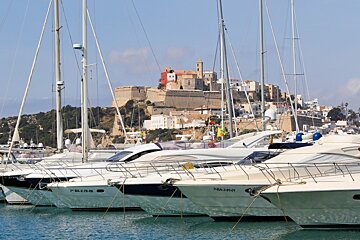
© T. Humpage

© T. Humpage

© T. Humpage

© T. Humpage
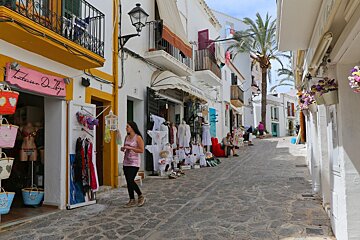
© T. Humpage
Discover the city of Ibiza Town
Eivissa (Ibiza Town) is the capital of Ibiza and should be a definite, at least, day trip for any visitor to the White Isle.
Centrally located on the eastern coast of the island, travelling to Formentera and the north is easy from here as boats and transport links are in abundance. The town is split into the old town (Dalt Vila) and the new town, what lies in-between is the stunning La Marina area and Vara del Ray. There is plenty to see and do in Eivissa, be it sight see, shop or eat in one of the lovely restaurants. There are many luxury hotels to chose from, however the fincas and agroturismos are further out of the town.
There are numerous events on in Ibiza town, especially throughout the summer months. One of the most famous is the Medieval Festival in May which celebrates the declaration of Ibiza's Old Town (Dalt Vila) as a UNESCO World Heritage Site in 1999. The old town hosts vibrant celebrations including three days of street parties, musical performances, artists and medieval re-enactments.

The Noches de Reyes (Night of Kings) takes place the evening before, on the 5th January each year and then the Day of Kings is celebrated by people across Spain on the 6th January.
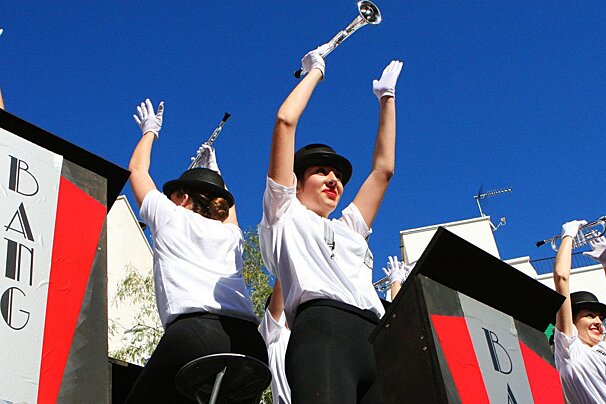
Mardi Gras signals the start of Carnival festivities on the island of Ibiza. At this time of year, fancy dress outfits and the traditional ‘mariol-lo’ costumes will be a common sight, as everyone has fun with tortilla competitions and all kinds of entertainment.

Ibiza Town celebrates its declaration as part of the UNESCO World Heritage list with a running race around the town centre.

This race offers participants a half marathon as well as the shorter 10km race.
With a history dating back some 2500 years the town of Eivissa thought to be one of the oldest towns in Europe. The official name of the island is in Catalan "Eivissa" but its name in Spanish, Ibiza, is probably better known to most of us. The Dalt Vila, or Old Town, is now a recognised UNESCO World Heritage Site.
The Upper Town is the oldest area, which emerges above the port facing the sea. The architecture and layout have not been changed since the fortifications were built in the 16th century, and the defensive walls and bastions have incorporated those which existed before.
The local economy was originally based on the collection of salt from the pans, wool, and figs. After a period of alliance with Rome, the island came under the control of the Arabs in AD 902. In 1235, the town was dominated by Christians, who built the Catalan castle, visible from the inside of the present building, the medieval fortifications, and the Gothic cathedral. From 1530 to 1540, Philip II drew up a strategic plan to defend communications between Spain and Italy. In 1584-85, new fortifications were erected with the help of specialized Italian architects: Giovanni Battista Calvi and Jacobo Paleazzo Fratin.
The town now offers a fantastic walk through history with narrow cobbled streets lined with gift shops and art galleries as you walk up to the cathedral. These treasure troves of the unusual and unique sell the work of talented local crafts people.
There are a whole host of museums and galleries to visit in the town of Ibiza, mostly in the narrow cobbled streets of the Dalt Vila. Situated at the very height of the old town is the Cathedral which offers views over the entire coastline from Las Salinas in the south all the way to the marinas in the north.
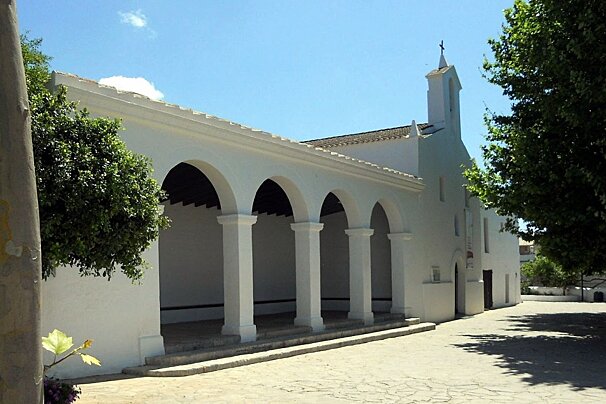
This pretty church was founded in the mid 15th century and has been very well preserved. Inside there is an impressive alter painting illustrating significant stages in the life of the Virgin Mary.
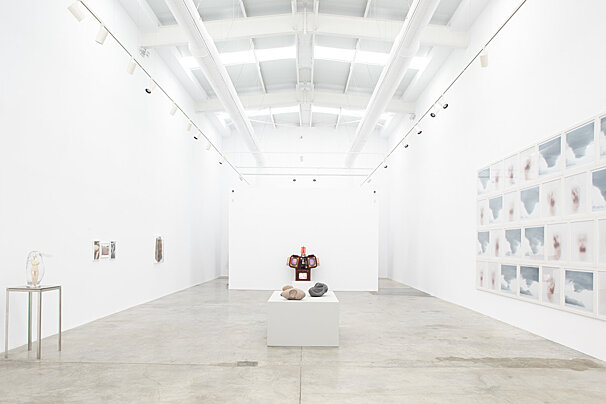
This art gallery showcases some of the best names in contemporary art in Ibiza Town.
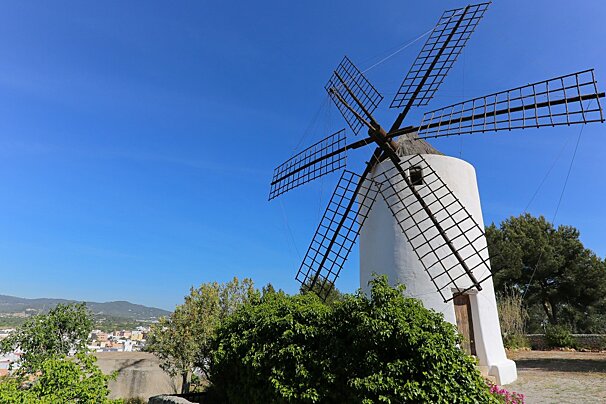
When you travel across the island you will see many remnants of windmills, once glorious, and now just a few spokes sticking out from a ruined tower.
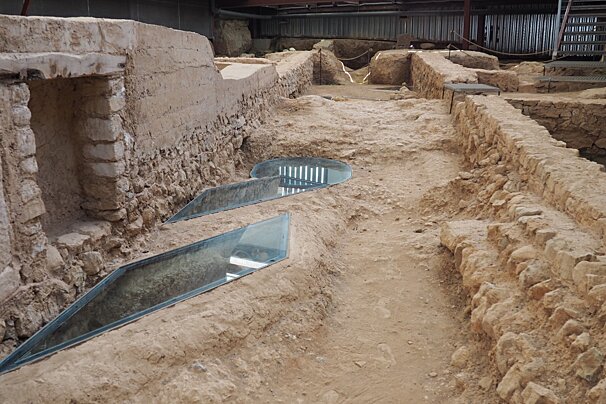
Just outside of the Necropolis del Puig des Molins, is a secondary archaeological site. Smaller but extremely interesting the Sa Capelleta interpretive centre depicts the use of one plot of land by three distinct populations of Ibiza over a period of many centuries

Standing at 23 metres in height this impressive monument sits nestled amongst the trees in the small residential village of Monte Cristo just 3.5km to the north of Ibiza Town.
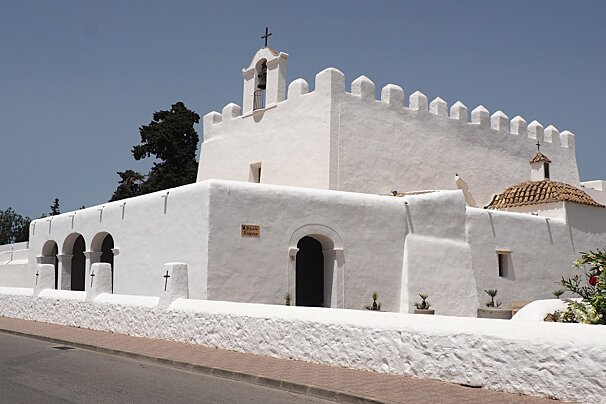
A 16th century church set in the heart of the town of Sant Jordi, close to both Ibiza town and the Ibiza International airport.
The beach of Talamanca is just a 20 minute walk north from Dalt Vila, and is a popular family beach resort. To the south you will find the beach of Playa d'en Bossa which is better known for being home to some of Ibiza's super clubs!
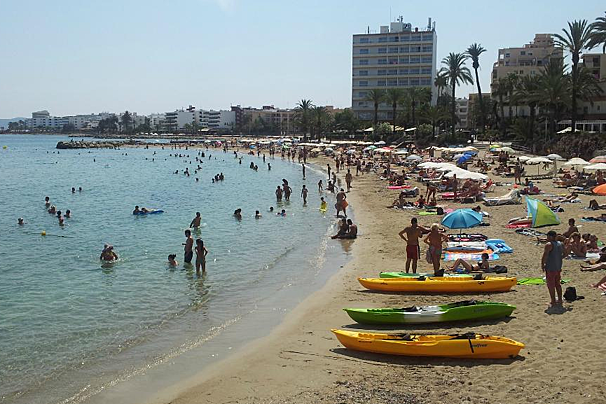
The perfect beach right on your doorstep in the resort of Figueretas.
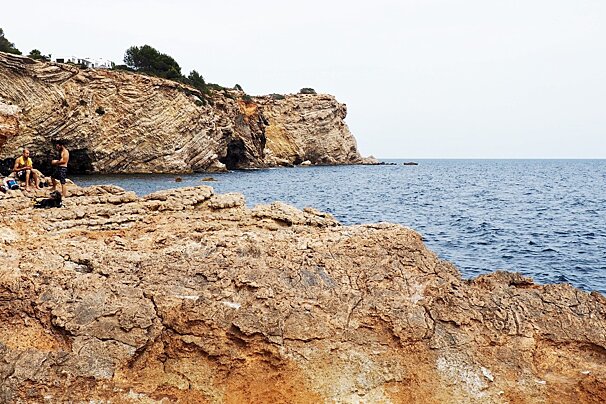
Talamanca is a lovely golden sandy beach stretching over 900m long. It's the closest beach to Ibiza town, and a popular destination for locals and families.
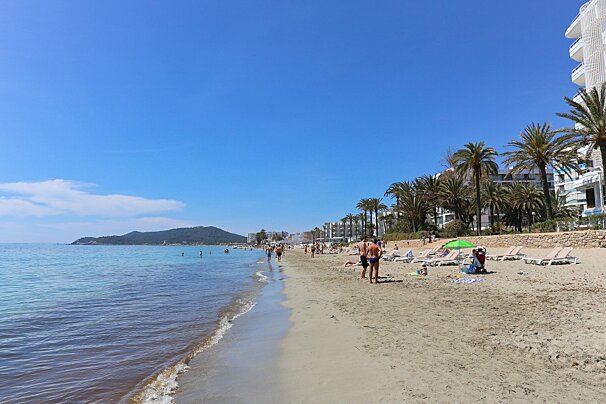
Known for cool bars, endless sand and sun loungers, by night Playa d'en Bossa hosts some of the world's most famous DJ's in Ibiza's well known clubs.
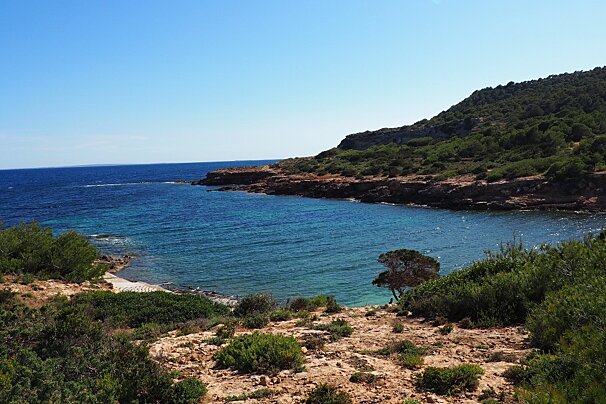
This is a beach that you will only get to if someone "in the know" takes you there.
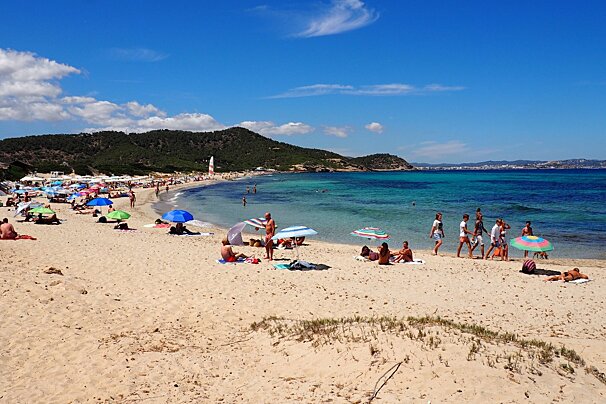
A beautiful white sandy beach just over 1km long, surrounded by sand dunes.

If you find nearby Cala Llonga too crowded and built up, then less than a kilometre away is the pretty little cove of Sol d'en Serra.
You will not be short of places to eat and drink in the town. From 5 star quality and michelin-style cuisine to snacks and cocktails you will quickly find something to suit. there are of course the old favourites, many of which are nestled within the walls of the Dalt Vila and some that are situated in the prime location of the most expensive marinas overlooking the sea and the town.
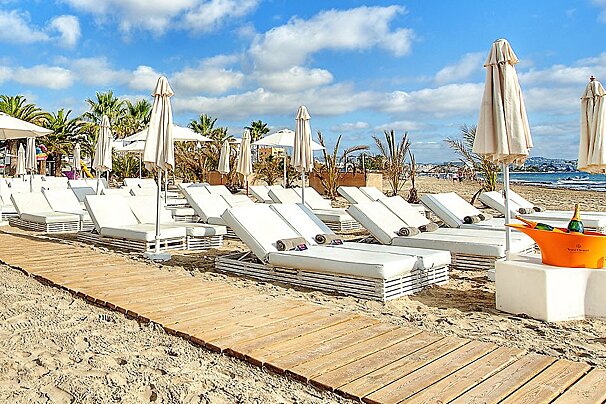
The coolest chill-out music in Ibiza, the most exclusive ambience, quality cuisine and customer service that redefines the real meaning of VIP have turned this beach club into one of the most exciting places on the island, summer after summer.
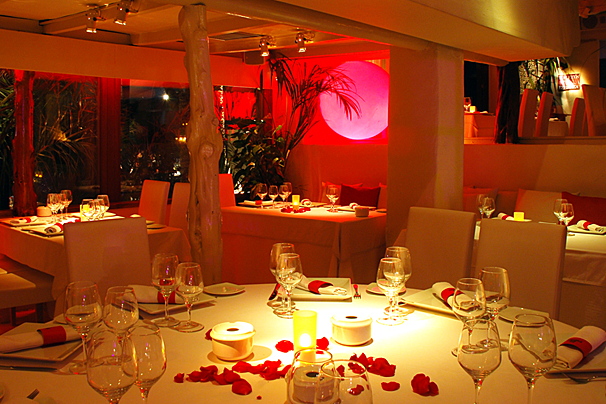
Enjoy the excellent fusion of Mediterranean and Japanese cuisine under the command of expert chefs.

Offering uninterrupted service throughout the day, at this restaurant & bar you can have breakfast, brunch, gourmet lunch & dinner and tapas with wine or a cocktail.
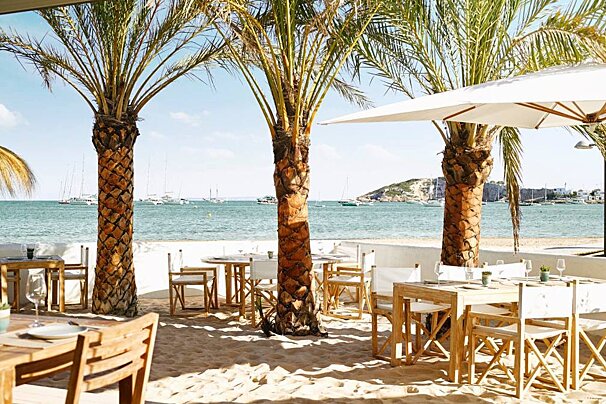
This restaurant is ideally located on the beachfront and has a relaxed vibe. Enjoy freshly caught seafood and Balearic specialties.

Paco Roncero - awarded with two Michelin Stars, three Repsol Suns and the 2006 National Gastronomy Award - achieved one of his dreams by creating this restaurant. His goal is to offer his guests "a unique experience that transcends gastronomy".

This restaurant is part of the Cipriani's brand, which started in 1931 with the infamous Harry's Bar in Venice. Their Ibizan restaurant serves a selection of international cuisine in a glamorous setting.
Many of the superclubs are situated out-with the town itself, but most are within either a walk or short taxi ride. with an endless choice of quirky bars, dingy cellars and classy wine bars the town plays host to some of the most interesting night spots. The marinas offer a more upmarket night out with entertainment, table service and plenty of champagne!

In a prime spot in the middle of Ibiza Town's marina with spectacular views, this restaurant and nightclub will give you a night that you will never forget.

Located in Playa d'en Bossa, this nightclub belongs to the Ushuaïa group. The best DJs in the industry and an out of this world production.

Offering uninterrupted service throughout the day, at this restaurant & bar you can have breakfast, brunch, gourmet lunch & dinner and tapas with wine or a cocktail.

From buffet breakfast to tapas lunch and all-night menu, this restaurant located at Destino Pacha Ibiza Resort serves delicious international cuisine indoor or at their terrace around the pool. You can even book a sunbed and enjoy their cocktails and poolside menu all day.

Located in Ushuaia Beach Hotel, this nightclub hosts legendary parties with the biggest names in electronic music, stunning stage production, amazing dancers and a great VIP area make it a must visit when in Ibiza.

Probably the most famous of all Ibizan clubs, this legendary place retains its status as the most beautiful club in the world.

Experience the Balearic Islands your way with 212 yachts, using one of their sample itineraries or with a specialised itinerary created just for you, based on what you like and don't like, as well as their own expertise.
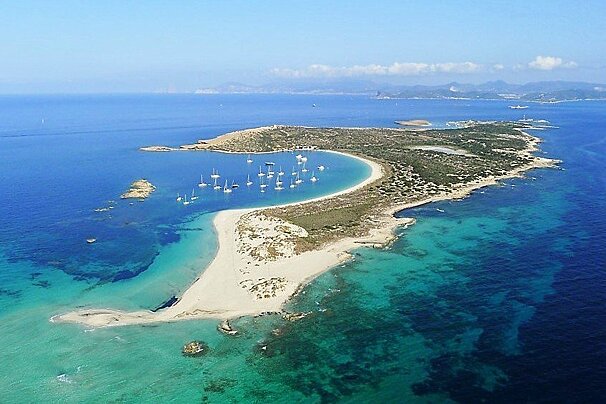
Discover the paradise of the island of Espalmador and Formentera in a unique journey from Playa d'en Bossa.

All-inclusive day trip on Ibiza's biggest glass-bottom boat to Europe's most beautiful island. Enjoy unlimited drinks and home-cooked Paella, snorkel in the world's clearest water, try out SUP and tan on the whitest beaches.

Enjoy a fantastic evening out with friends aboard a motor yacht where you'll get to dance the night away, enjoy some great watersports and have all your drinks and food included in the price!

Board this catamaran in Playa d'en Bossa and sail along the beautiful coastline of Ibiza. The ticket includes an open bar, a swim stop to cool down and club entries.
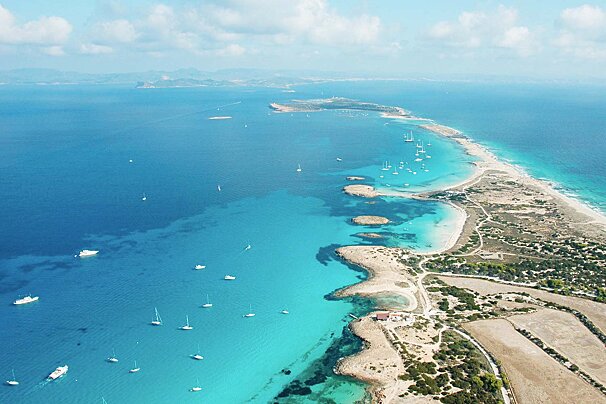
A regular and reliable boat service since 1985 which will take you on a return journey between the Port of Ibiza and nearby Formentera for a day of exploring.
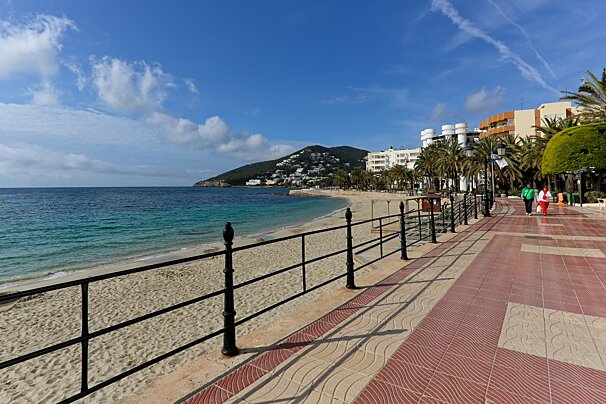
This is actually the only natural river on the island so it is lovely that they have paved this way so you can enjoy it. With information boards along the way you can learn about your surroundings.
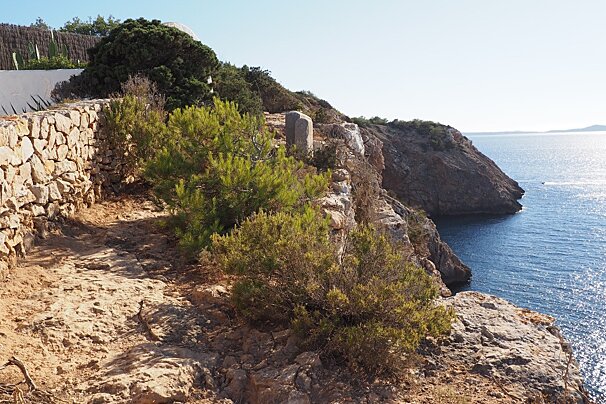
A two hour hike that you can do in either direction or both ways if you’re feeling energetic, it will take you past the stunning beaches of Salada and Gracio as well as the hidden gem Cala Yoga, you can explore the dramatic headland of Punta de ses Galera and stop for a rest at the Hostal La Torre for a coffee with a great view.
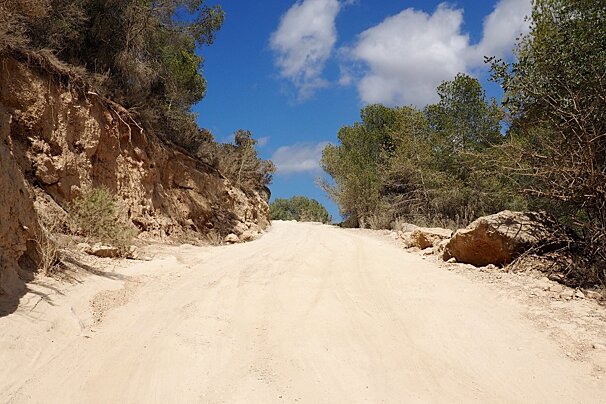
A 90 minute hike taking in a place of historical interest, a private cove and stunning coastal views in the west of Ibiza.
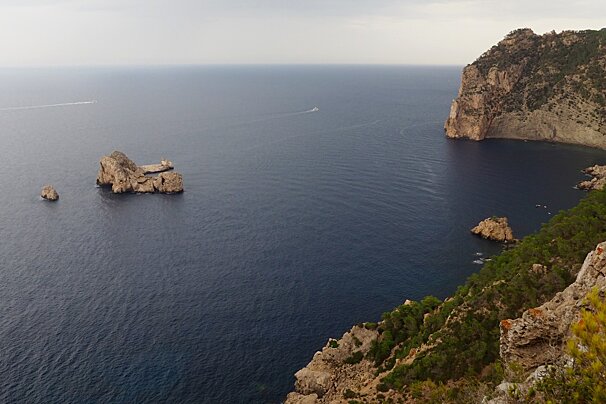
Santa Agnes, a tiny hamlet in the north-west of Ibiza that doesn’t get much in the way of tourist traffic but does make a good starting point for a hike along some truly epic coastline.
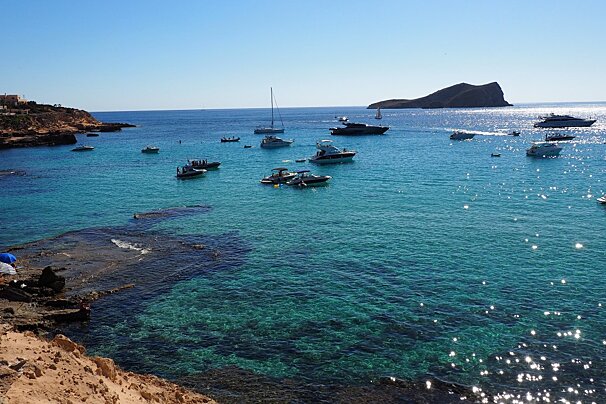
This is an easy hike along a rough but not difficult trail; it’ll take you along cliff edges with beautiful coastal views, to one of Ibiza’s lesser-known tourist sights and to hidden beaches much quieter than Conta or Tarida.
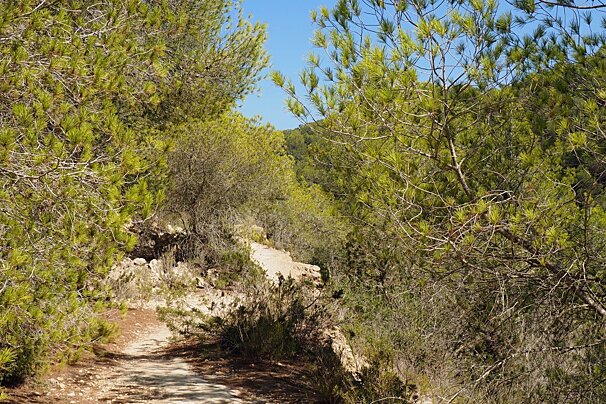
An hour-long circular hike taking in three beaches, an ancient defence tower, and epic coastal views.

The Diving Centre is open all year round, taking advantage of the good climate. The water temperature varies between 14 and 28 degrees Celsius, optimal to dive all year around.

Lessons delivered at your villa pool by qualified, insured and highly experienced instructors.

Located in Sant Antoni, this activity company offer a whole range of watersports, as well as lessons and other activities.

Offering a wide range of courses for experienced sailors, complete beginners and children. With over 30 years experience, the teachers can offer expert advice and coaching.
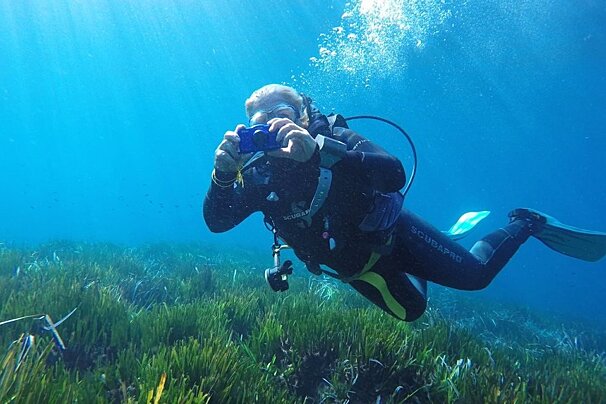
A team of professionals will assist you with diving or sailing. Anfibios have more than 10 diving sites, the majority in the marine reserve of “Es Freus” in Ibiza, all just a few minutes away by boat from the dive centre.

This environmentally-conscious activity centre offer a personalised approach to scuba diving, stand up paddle boarding, climbing, hiking and mountain bike tours.

Situated on a hilltop surrounded by pine trees this luxury villa has 7 double bedrooms, an open terrace and a wonderful sea view.
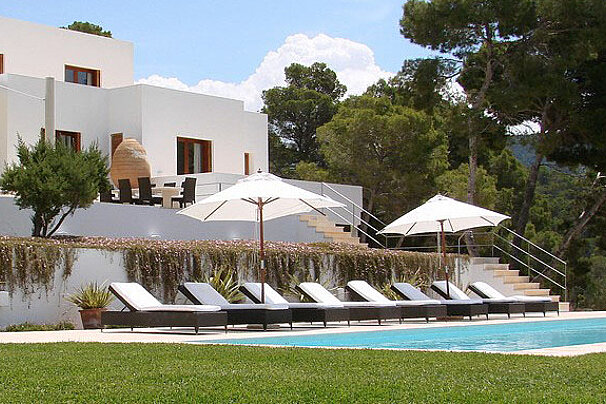
This luxury villa of impeccable quality is situated in the most intimate and exceptional of settings and offers breathtaking sea views.
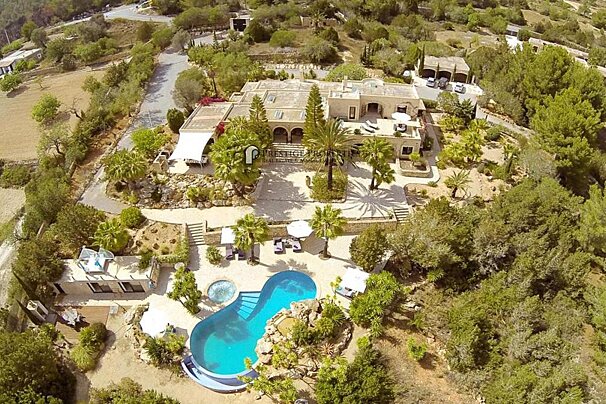
Spread over 400 square metres this beautiful villa sits in a secluded location, just 5 minutes from the beaches of Cala Yundal, Es Torrent and Porroig.

Luxury prestigious villa that offers you the comforts of your dream holiday away from home, making your dream vacation in Ibiza a truly memorable one.
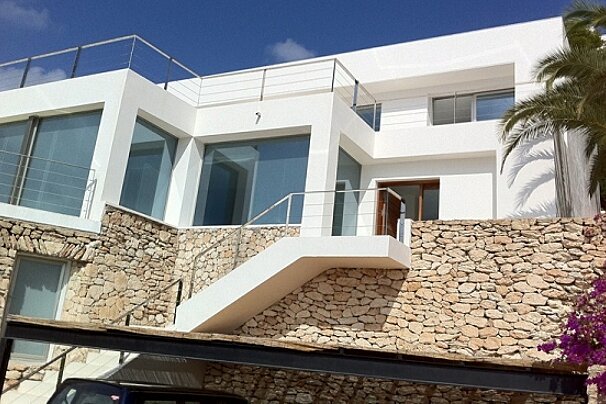
Large luxury villa carefully designed, for rent, located in the area of Roca Lisa, Santa Eulalia, Ibiza.

Located in the exclusive private urban area of Can Furnet which is in the Santa Eulalia district but actually within easy reach of Ibiza town itself.

Spread over 400 square metres this beautiful villa sits in a secluded location, just 5 minutes from the beaches of Cala Yundal, Es Torrent and Porroig.

Luxury prestigious villa that offers you the comforts of your dream holiday away from home, making your dream vacation in Ibiza a truly memorable one.

Large luxury villa carefully designed, for rent, located in the area of Roca Lisa, Santa Eulalia, Ibiza.

If you favour luxury, design and privacy you will feel right at home in this top of the line apartment in one of Ibiza’s most exclusive urban areas.

Located in the exclusive private urban area of Can Furnet which is in the Santa Eulalia district but actually within easy reach of Ibiza town itself.

This luxury villa of impeccable quality is situated in the most intimate and exceptional of settings and offers breathtaking sea views.
The narrow, cobbled streets of the Dalt Vila contain some real hidden treasures when it comes to accommodation and there is no better place to stay to experience the real Ibiza than in the old town. Having said that, just minutes along the coast you will find some of Ibiza's most iconic hotels, including the Hard Rock hotel and Ushuaia.
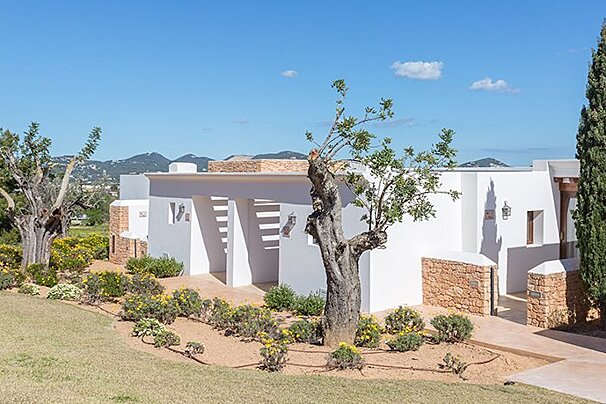
A luxury rural hotel located in the beautiful Ibizan countryside, yet only 1 km away from the bustling Ibiza Town with all its nightlife and great restaurants. Comfort, tranquility and a beautiful landscape make this hotel the perfect place to enjoy a well-deserved vacation.

Beautifully located on the front line of Ibiza’s Playa d'En Bossa beach, the hotel offers every facility imaginable to make your stay the resort unforgettable. This newly renovated, 4-star superior Ibiza hotel is just 4km from Ibiza town and within walking distance of the island’s best bars and clubs.
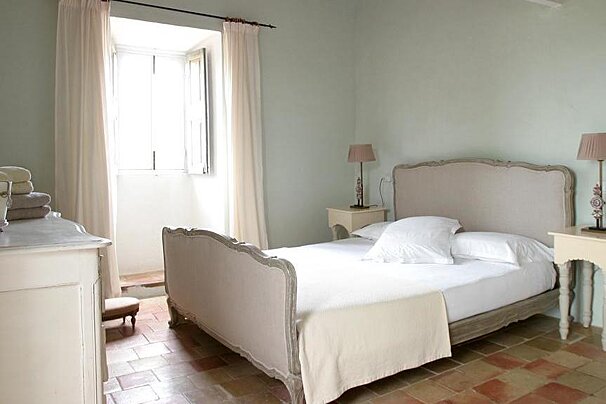
Sitting on top of a hill with stunning views over the countryside and olive groves, this 17th century finca awaits you.

An adults-only, exclusive hotel offering an ideal setting for a couple to spend a relaxed and romantic holiday. Completely refurbished with a modern and chic touch to offer the latest in comfort for adults.

This sumptuous hotel faces two outstanding luxury marinas: Marina Botafoch and Marina Ibiza, as well as Dalt Vila, Ibiza Town's UNESCO World Heritage Site old town. It is also within minutes from Talamanca Beach.

Surrounded by spectacular natural countryside, this hotel nestles in the village of Puig d'en Valls, bordering Ibiza Town. The hotel is an original Ibizan manor house, which has been refurbished to maintain all of its original character, to a country hotel.

With over 25 years of experience on the White Isle, this company offer airport transfers as well as VIP taxi services around the island.

This established local company, based in Sant Miquel, is English-run. They offer fully licensed and insured vehicles for your private transfers from Ibiza airport to resorts all around the island.

This is our idea of the perfect day in the vibrant Ibiza Town.
Find out all about what is happening in Ibiza and how to make the most of your time here. The latest news, reviews of fun activities, fabulous beaches, current events and the trendiest restaurants, as well as interviews with leading locals, insider's guides and our top choices for things to do, see and experience on the island.
See allLatest News & ReviewsThe island hosts all sorts of events, including agricultural fairs in the spring and autumn, live music and clubbing in the summer, religious fiestas and international sporting events. Some of the most popular are the Medieval Festival in May, world-famous DJ residencies from June to September and the Ibiza Trail Marathon in October.
See allUpcoming Events